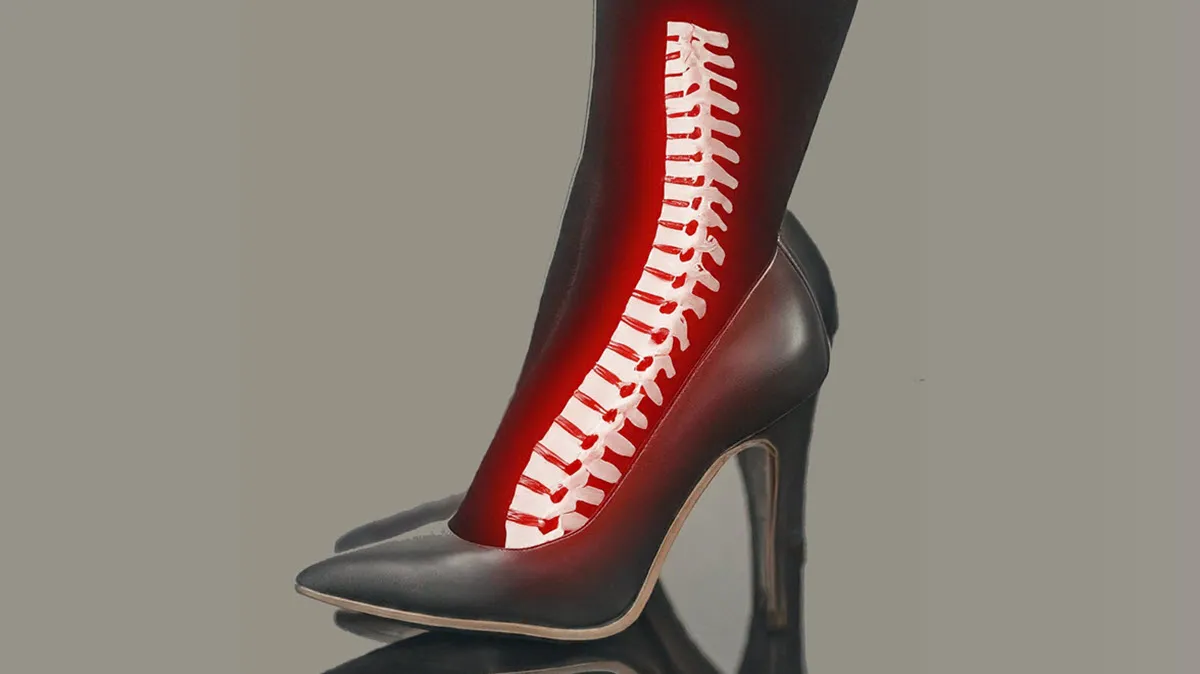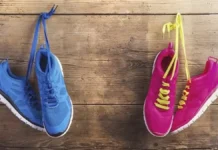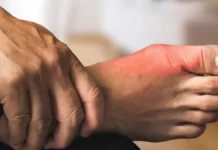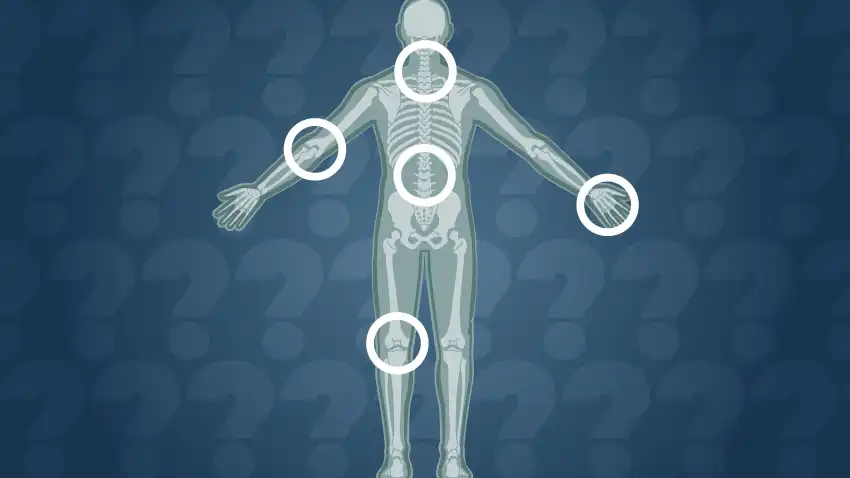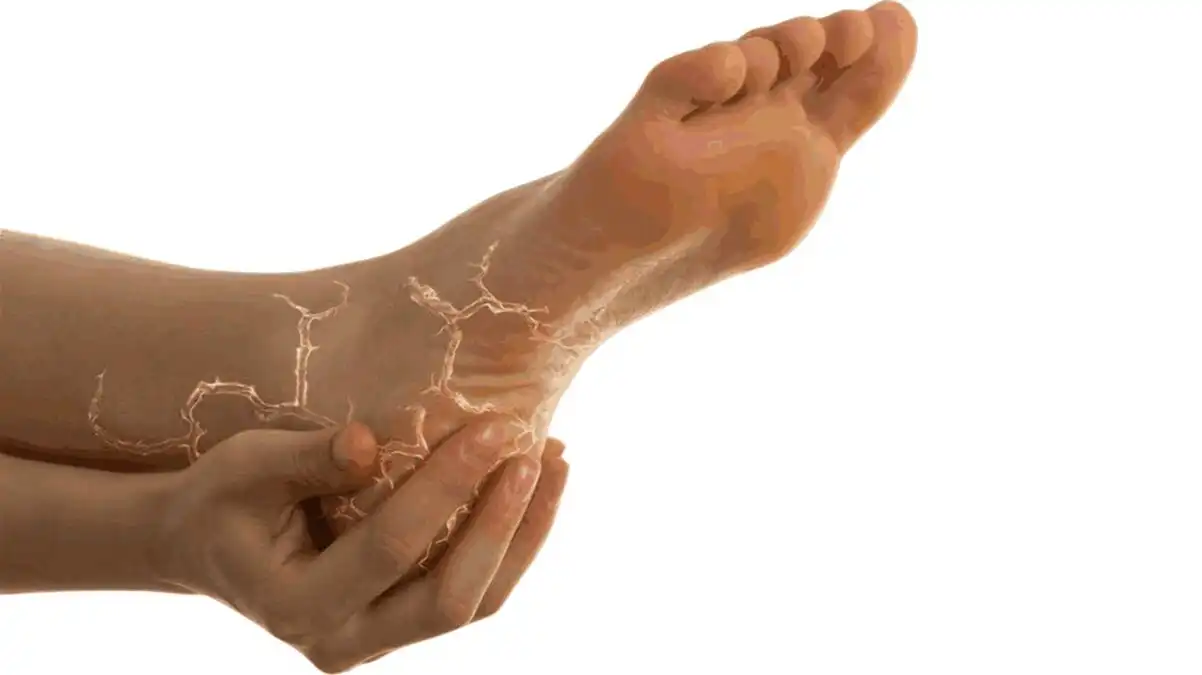Introduction
In this article, we’ll take an in-depth look at the consequences of wearing high heels on your spinal health. We’ll explore the biomechanical challenges these shoes impose on your body, uncovering how a seemingly simple choice in footwear can disrupt your body’s natural alignment and lead to a series of postural problems. From the moment you step into those stylish heels, your body begins to compensate in ways that, over time, can lead to chronic pain, discomfort, and even long-term spinal issues.
High heels, despite their allure, can cause your lower back to arch excessively, your upper back to round forward, and your neck to crane uncomfortably—setting off a domino effect of imbalances that strain muscles, compress discs, and misalign joints. These changes might not be immediately noticeable, but over time, they can contribute to significant issues such as lumbar lordosis, kyphosis, and forward head posture, each bringing its own set of challenges and discomforts.
But don’t be fooled by their appealing appearance—this article isn’t just about highlighting the risks. We understand that high heels are an integral part of many wardrobes, and giving them up entirely might not be realistic for everyone. That’s why we’re also here to provide practical advice on how to minimize the potential damage. We’ll share expert tips on how to wear high heels more safely, including strategies to maintain better posture, exercises to strengthen your core and support your spine, and tips on choosing heels that are less likely to harm your back.
By the end of this article, you’ll have a deeper understanding of the impact high heels can have on your spinal health and the knowledge you need to keep your spine happy and healthy—even if you can’t resist the allure of a beautiful pair of high heels. Remember, fashion and health don’t have to be mutually exclusive; with the right approach, you can enjoy the best of both worlds.
The History of High Heels: From Status Symbol to Fashion Staple
High heels, an iconic symbol of style and elegance today, have a rich and fascinating history that spans centuries, crossing cultural and geographical boundaries. What started as a practical invention for functionality has evolved into a powerful fashion statement, influencing societal norms and personal identities. This section delves into the historical journey of high heels, tracing their origins, cultural significance, and transformation into the beloved, and sometimes controversial, footwear we know today.
Origins in the Ancient World
The history of high heels dates back to ancient times, where their earliest forms were rooted in practicality rather than fashion. Evidence suggests that as early as 3500 BCE, the ancient Egyptians wore elevated shoes, primarily by butchers to keep their feet clean from blood on the floor. Similarly, in ancient Greece and Rome, actors wore platform sandals known as kothorni to signify their social status and the importance of their roles. These early versions of high heels were more about functionality and symbolism rather than the aesthetic appeal they hold today.
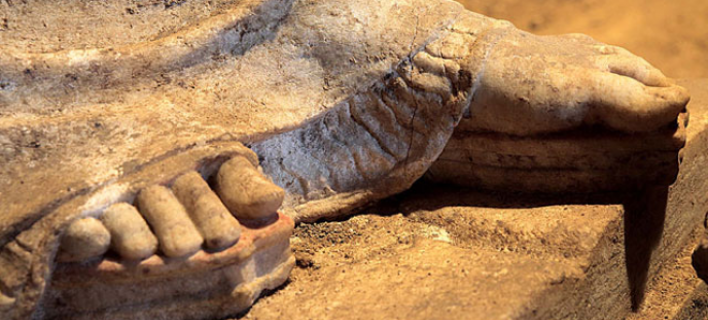
Heels in the Middle Ages and Renaissance
During the Middle Ages, high heels began to emerge in Europe as a practical solution for riders. The Persian cavalry, around the 9th century, wore high-heeled shoes to help them stay securely in their stirrups while riding. This practice caught the attention of European aristocrats and soon became a symbol of power and status among the elite. By the 16th century, high heels had made their way into European fashion, particularly in the courts of France.
One of the most notable figures in the history of high heels is Catherine de’ Medici, an Italian noblewoman who, in 1533, wore two-inch heels at her wedding to the Duke of Orleans (later King Henry II of France). Her heels were designed to give her a more imposing stature, both physically and socially. This move popularized high heels among the French aristocracy, and they quickly became a status symbol throughout Europe. Both men and women of the nobility wore high heels to display their wealth and power, with some shoes reaching up to five inches in height.
Heels in the Baroque and Rococo Eras
The 17th and 18th centuries marked the golden age of high heels in European fashion. Louis XIV of France, also known as the Sun King, was famously known for his love of high heels. He wore red-heeled shoes, which became a sign of royal privilege and were restricted to the court. The French court’s obsession with heels reached such heights that laws were enacted to prevent commoners from wearing them, solidifying the association between high heels and aristocracy.

This elegant yellow silk shoe showcases the distinct Louis heel, a popular style in the 1760s. Named after King Louis XIV of France, the curved heel was a symbol of fashion and status during the period. The shoe’s delicate craftsmanship and luxurious material reflect the refined tastes of the era, when footwear was both a statement of style and a marker of social class.
However, the French Revolution in 1789 brought significant changes, not just politically but also in fashion. High heels, seen as symbols of the excesses of the aristocracy, fell out of favor. The revolution promoted more practical and egalitarian footwear, leading to a temporary decline in the popularity of high heels.

These elaborately embroidered high-heeled shoes from the late 17th to early 18th century are a testament to the origins of high heels in men’s fashion. Originally designed for Persian horse riders to keep their feet secure in stirrups, high heels became popular among European aristocracy, particularly men. During the reign of Louis XIV, high heels were a symbol of status, power, and masculinity. The rich decoration and elevated heel of these shoes reflect the opulence and influence that high heels once represented in men’s fashion before they transitioned into a predominantly female accessory.
The Modern Evolution of High Heels
High heels made a comeback in the mid-19th century, coinciding with the industrial revolution, which allowed for mass production and innovation in shoe design. The invention of the sewing machine and other advancements made it easier to create more intricate and varied designs. By the early 20th century, heels had become a staple in women’s fashion, with styles like the stiletto emerging in the 1950s, thanks to designers like Christian Dior and Roger Vivier.

Printed silk taffeta. Worn by Oscar winner Ruth Gordon. Collection of the Bata Shoe Museum. Information: Christian Dior found in Roger Vivier a designer sympathetic to his interest in tailoring and the architecture of fashion. The synergy between the two designers can be seen by looking at their creations from the early years of the 1950s. Specifically, the “tailoring” of Vivier’s shoes and Dior’s dress make for compelling comparisons. This pair of shoes, designed by Vivier for Christian Dior, features a reversed dart detail as the shoes only ornamentation.
Today, high heels are a global fashion staple, worn by millions of people across different cultures. They have become a symbol of femininity, empowerment, and sometimes controversy, as discussions around comfort, health, and gender norms continue. Despite their varied perceptions, high heels remain an enduring element of fashion, deeply rooted in a history that reflects societal changes and cultural shifts.
From their practical beginnings in ancient civilizations to their status as symbols of power in European courts, and finally to their place as a fashion staple, the history of high heels is a testament to their enduring appeal and significance in human culture.
The High Heel Domino Effect
High heels may be a staple of fashion, but they come with hidden costs to your body, particularly your spine. Wearing high heels disrupts your natural alignment, initiating a cascade of changes often referred to as the “domino effect.” This effect begins with a forward shift in balance and culminates in postural imbalances throughout the entire spine. Let’s break down this sequence step by step to understand the stresses imposed by high heels.
Shifting Balance: Initial Tilt and Spinal Stress
The moment you step into high heels, your center of gravity shifts forward. The elevated heel height forces the body to lean slightly backward to maintain balance, placing the lower back into an exaggerated arch known as lumbar lordosis.
This excessive curvature is not natural and places significant stress on the lower vertebrae and intervertebral discs. Over time, this strain can lead to lower back pain, disc degeneration, and even nerve compression issues like sciatica. The lumbar spine, which is naturally designed to absorb and distribute body weight evenly, is now overloaded, destabilizing the entire spinal structure.
The strain doesn’t end with the lower back. The body compensates for this forward tilt by adjusting the position of other spinal regions, setting the stage for further imbalances.
Hamstring Tension and Pelvic Alignment
As the lower back arches and the pelvis tilts forward, the hamstring muscles—located along the back of the thighs—become tight. The hamstrings attempt to counteract the forward pelvic tilt by pulling the pelvis backward, creating a tug-of-war that perpetuates tension in the lower body.
This chronic hamstring tension can lead to discomfort, reduced flexibility, and an increased risk of injury. Additionally, the altered pelvic alignment places extra stress on the hip joints and sacroiliac joint, which can lead to issues like hip pain and pelvic instability.
The forward tilt of the pelvis also shifts the abdominal organs slightly out of position, potentially affecting core strength and balance. This misalignment compromises the spine’s ability to support the body efficiently, further exacerbating strain in the lumbar region
Rounded Back and Upper Spine Compensation
The changes in the lower body ripple upward, affecting the thoracic spine (mid-back). To counterbalance the forward tilt and maintain an upright posture, the upper back tends to round outward, a condition known as kyphosis.
This rounded posture places undue strain on the thoracic spine, as well as the surrounding muscles and ligaments. The scapulae (shoulder blades) are often pulled forward, leading to tightness in the chest muscles and weakness in the upper back. Over time, this imbalance can result in shoulder pain, restricted range of motion, and even a hunched appearance.
The thoracic spine’s compensatory rounding also impacts the ribcage, potentially restricting lung expansion and reducing respiratory efficiency. This can leave wearers of high heels feeling fatigued, as their breathing becomes less effective over time.
Forward Head Posture: The Final Domino
As the thoracic spine rounds, the head naturally shifts forward to maintain visual orientation. This misalignment, known as forward head posture, places immense strain on the cervical spine (neck) and upper back.
In a neutral position, the head is balanced over the shoulders, and the neck muscles bear relatively little weight. However, for every inch the head moves forward, the load on the cervical spine increases by approximately 10 pounds. This additional strain can lead to chronic neck pain, tension headaches, and even nerve compression.
Forward head posture also places significant stress on the trapezius and levator scapulae muscles, which work overtime to support the head’s new position. These muscles often become tight and fatigued, resulting in discomfort that radiates through the shoulders and upper back.
Over time, the cumulative effect of these compensations creates a cascade of issues throughout the entire spine. What begins as a forward tilt due to high heels ultimately leads to imbalances and discomfort that affect the entire musculoskeletal system.
Breaking the Domino Effect
While high heels can disrupt the body’s alignment, the damage is not irreversible. By understanding the domino effect and addressing its root causes, you can minimize the risks associated with wearing high heels.
- Posture Awareness: Practice mindful posture habits, even when not wearing heels, to maintain proper spinal alignment.
- Limit Wear Time: Restrict high heel usage to special occasions and prioritize comfortable footwear for daily wear.
- Strengthen Core Muscles: A strong core helps stabilize the pelvis and lower back, reducing the strain caused by high heels.
- Stretch Regularly: Stretch the hamstrings, hip flexors, and calves to counteract the muscle tightness induced by high heels.
- Choose Supportive Heels: Opt for moderate heel heights (under 3 inches) and shoes with a wider base for better stability.
Age-Related Differences in High Heel Effects
The impact of wearing high heels varies across different age groups due to changes in muscle strength, joint flexibility, and spinal health. Both younger and middle-aged women experience unique challenges, but the effects tend to become more pronounced as the body ages. Understanding these differences is essential to mitigate the risks associated with high heels and preserve long-term musculoskeletal health.
Younger Women: Muscle Fatigue and Early Signs
For younger women, the body’s relative flexibility and strength can initially compensate for the biomechanical changes caused by high heels. However, this compensation often comes at a cost.
- Increased Muscle Activity
Wearing high heels requires the muscles in the lower back, calves, and thighs to work harder to maintain balance. Younger women may notice early signs of muscle fatigue, particularly in the erector spinae muscles of the lower back, which engage to stabilize the spine in response to the altered posture. Over time, this can lead to soreness and discomfort, even after short periods of wear. - Tight Calves and Achilles Tendons
High heels shorten the calf muscles and Achilles tendons, which can lead to tightness and reduced flexibility. For younger women, this is often more noticeable as a temporary discomfort, but repetitive wear can result in chronic tightness and increase the risk of Achilles tendon injuries or strain. - Postural Adaptations
Early signs of postural changes, such as a forward pelvic tilt or increased lumbar lordosis (excessive lower back arch), may start to develop. While these changes might not cause immediate pain, they set the stage for long-term imbalances that could lead to back pain or spinal issues later in life. - Higher Risk-Taking Behavior
Younger women are often more willing to wear higher heels for extended periods, prioritizing style over comfort. This increases the risk of acute injuries like ankle sprains and can accelerate the onset of musculoskeletal discomfort.
Middle-Aged Women: Exacerbated Spinal Strain
As women age, the effects of wearing high heels become more pronounced due to changes in joint health, muscle elasticity, and spinal alignment. Middle-aged women often experience exacerbated strain, particularly in the lower back and knees.
- Decreased Muscle Elasticity
Aging leads to a natural decline in muscle elasticity and flexibility, making it harder for the body to compensate for the biomechanical shifts caused by high heels. This can result in chronic tightness in the calves, hamstrings, and hip flexors, further exacerbating postural issues like lumbar lordosis. - Joint Degeneration
Prolonged wear of high heels can accelerate joint degeneration, particularly in the knees and lower back. Middle-aged women are more likely to experience osteoarthritis in the knees due to the added stress on the joint’s cartilage. The altered biomechanics caused by high heels increase the load on the knee joint, contributing to wear and tear over time. - Increased Erector Spinae Activity
Studies show that middle-aged women wearing high heels exhibit increased activity in the erector spinae muscles compared to younger women. This heightened activity is the body’s attempt to stabilize the spine and maintain balance, but it often leads to muscle fatigue and chronic back pain. - Exaggerated Postural Imbalances
The cumulative effects of wearing high heels over the years often result in more pronounced postural imbalances. Forward head posture, rounded shoulders, and kyphosis (upper back hunch) are common compensatory changes that can lead to discomfort in the neck, shoulders, and upper back. - Risk of Spinal Compression
The forward tilt of the pelvis caused by high heels increases compression in the lumbar spine, which can contribute to disc degeneration or herniation. Middle-aged women are at a higher risk of developing sciatica or chronic lower back pain due to these degenerative changes.
Strategies to Minimize Age-Related Effects
For both younger and middle-aged women, proactive measures can help mitigate the risks associated with wearing high heels:
- Stretching and Flexibility Exercises: Regularly stretch the calves, hamstrings, and hip flexors to maintain muscle flexibility and reduce tension.
- Strength Training: Focus on strengthening the core, glutes, and lower back muscles to support proper alignment and reduce strain on the spine.
- Moderate Heel Heights: Opt for heels under 3 inches and avoid wearing high heels for extended periods.
- Supportive Designs: Choose heels with wider bases, platforms, or cushioning to distribute pressure more evenly.
- Posture Awareness: Be mindful of posture both in and out of heels to prevent long-term imbalances.
Consequences of High Heels on Spinal Health
The constant stress and strain on your spine from wearing high heels can have long-term consequences:
- Arthritis: Chronic compression and stress on the discs and facet joints in your spine can accelerate the development of osteoarthritis.
- Spinal Deformities: In severe cases, long-term wear of high heels can contribute to spinal deformities like kyphosis (hunchback) or scoliosis (curvature of the spine).
- Reduced Flexibility: The altered posture from high heels can lead to tightness and stiffness in your spine, reducing overall flexibility and range of motion.
Minimizing the Damage
If you can’t resist the allure of high heels entirely, here are some tips to minimize the damage:
- Choose Moderate Heights: Opt for heels with a moderate height (ideally under 3 inches) that offer better stability and put less stress on your spine.
- Limit the Time: The longer you wear high heels, the more time your spine has to endure the domino effect. Restrict their use to special occasions and prioritize comfortable footwear for everyday wear.
- Embrace Stability: Wider-based heels offer better balance, taking some of the strain off your body. Consider chunky heels or wedges that distribute your weight more evenly, lessening the domino effect’s initial trigger.
- Platform Power: Platforms elevate your height without the extreme pitch of traditional high heels. This reduces the forward tilt and keeps the dominoes in your spine closer to their ideal positions.
- Stretching is Key: Regularly stretching your hamstrings helps keep them loose and prevents them from pulling your pelvis out of alignment, stopping another domino from falling.
- Posture Matters: Being mindful of your posture, even when not in heels, strengthens the muscles that support your spine and helps prevent the domino effect from taking hold in the first place.
- Listen to Your Body: If you experience any pain in your back, neck, or feet while wearing high heels, it’s a clear sign from your body to take a break. Don’t hesitate to prioritize comfort over fashion. Consulting a doctor or osteopath can provide valuable insights and exercises to strengthen your core and improve your posture, making your spine more resilient to the potential domino effect of high heels.
By understanding how high heels affect your spine and implementing these preventive measures, you can minimize the risk of long-term damage and keep your back happy and healthy.
Conclusion
In conclusion, while high heels may add elegance and confidence to your stride, it’s essential to recognize the potential risks they pose to your spinal health. The domino effect triggered by these fashionable shoes can lead to a cascade of postural imbalances and long-term discomfort. However, with mindful choices and preventive measures, you can still enjoy the allure of high heels without compromising your well-being. By understanding the impact of high heels on your body and implementing strategies to protect your spine, you can maintain both your style and your health. Remember, it’s not about giving up your favorite footwear entirely, but rather about finding a balance that allows you to walk confidently and comfortably, both now and in the future.
Books
- “Clinical Biomechanics of the Spine” by Augustus A. White III and Manohar M. Panjabi
- A comprehensive text on the biomechanics of the spine, which can provide detailed insights into how high heels affect spinal alignment and function.
- “Muscles: Testing and Function with Posture and Pain” by Florence Peterson Kendall
- This book provides valuable information on muscle function, posture, and how different activities, including wearing high heels, can affect musculoskeletal health.
- “The Biomechanics of Back Pain” by Michael A. Adams, Nikolai Bogduk, Kim Burton, and Patricia Dolan
- A resource that explains the biomechanics of the spine and how certain actions, like wearing high heels, can lead to back pain and spinal issues.
- “Posture and Pain” by Leon Chaitow and Judith DeLany
- Focuses on the relationship between posture and pain, discussing how imbalances in posture, such as those caused by high heels, can lead to discomfort and long-term health issues.
- “Therapeutic Exercise: Foundations and Techniques” by Carolyn Kisner and Lynn Allen Colby
- This book provides a foundation for understanding how therapeutic exercises can help counteract the effects of wearing high heels and improve spinal health.
References
- American Podiatric Medical Association (APMA) – Articles and resources on the impact of footwear on foot and spinal health.
- Website: www.apma.org
- National Institute of Neurological Disorders and Stroke (NINDS) – Information on the causes and prevention of back pain, including the role of posture and footwear.
- Website: www.ninds.nih.gov
- Merriman, L. M., & Turner, C. (2009). “Foot and Ankle: A Guide to Diagnosis and Clinical Management.” – A medical reference on how different types of footwear, including high heels, impact the foot and, subsequently, the spine.
- Gracovetsky, S. A., Farfan, H. F., & Helleur, C. (1981). “The Abdominal Mechanism.” Spine, 6(2), 89-96.
- This study explores the impact of posture on the spine and how factors like footwear can affect spinal mechanics.
- Kerrigan, D. C., Todd, M. K., & Riley, P. O. (1998). “Knee Osteoarthritis and High-Heeled Shoes.” The Lancet, 351(9113), 1399-1401.
- A study examining the correlation between high-heeled shoes and the development of knee osteoarthritis, which is closely related to spinal alignment.
- Opila-Correia, K. A. (1990). “Kinematics of High-Heeled Gait with Considerations for Age and Experience.” Journal of Physical Therapy Science, 2(2), 41-45.
- A paper that discusses the biomechanical effects of high-heeled gait, with considerations for the impact on the spine.
- Freeman, D. B. (2002). “Corn and Callus Formation.” Clinical Evidence, 7, 84-95.
- This reference provides insight into how high heels can lead to various foot deformities that also affect overall posture and spinal health.



